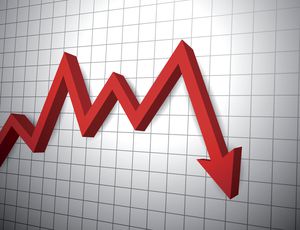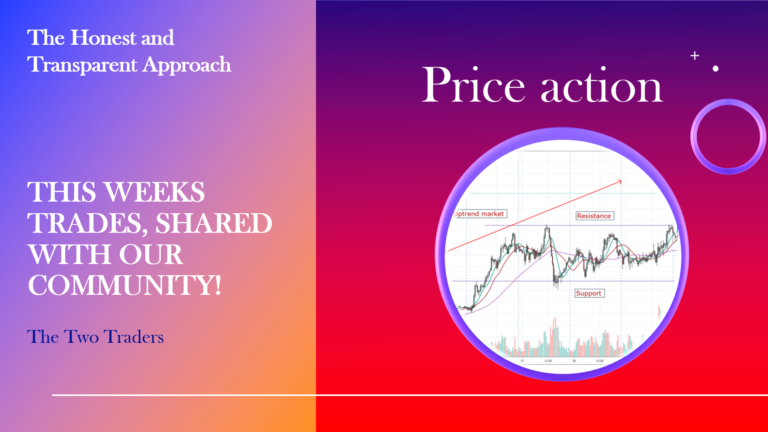You probably understand what “Buying” or “going long” on a financial instrument means, but do you know how to trade the forex markets in both directions? Read on to discover what it means to “go short” when trading.
“Shorting” or “going short” are popular terms in trading, but shorting requires an explanation to be understood properly. To understand going short, you must first understand what it means to go long. Buying or “going long” is the exchange of money for another financial instrument, in order to make a profit by selling it back for a higher price at some point in the future. Selling short is the opposite: you sell the financial instrument first, and make a profit by buying it back for a lower price.
To demonstrate going short, take Gold as an example commodity and assume it is trading at $1,100 per troy ounce. You believe this price is too high, either for a technical or fundamental reason , so you decide to short one contract. A single gold contract is 100 troy ounces, making your contract worth $110,000 (100 x $1,100). You short this contract before the price moves to $1,050, at which point you buy back your position (or “cover your shorts” – also known as covering) so you only have to pay $105,000, therefore making a $5,000 profit.
However, like all trading, shorting can work both positively and negatively. If you are wrong about Gold and the price rises to $1,150, the same situation would happen in reverse, losing you $5,000. It is absolutely necessary to know how to trade the forex markets both long and short, if you are to be a successful trader.
How can I sell what I do not have?
This is a good question to be asking and is why many new traders find shorting a confusing concept. Shorting is possible when there is a lender in the market; lenders stand to benefit as they can charge a fee for the time you borrow their contract and you stand to benefit from any decrease in price of their contract. It is worth noting that you will never encounter the lender, as their fees are handled through your broker.
Let’s use another example to describe a trader’s relationship with a lender. Imagine you and a friend are going to a concert, where your friend paid £40 for both tickets and she gives you the tickets for that concert for safe keeping, placing her trust in you. Being the brilliant friend you are, you sell those tickets on, making £40 for yourself. A wave of panic comes over you as your consciousness kicks in and you realise you need to find two more tickets. You search online and find the same tickets for £30, making a profit of £10, without upsetting your friend. A win for everyone … except perhaps your morality. In this example, your friend was the lender and you the shorter. This is similar to the real thing, except the lender would charge a fee for the service.
Leverage and Margin: How to trade the forex market with a small investment
Leverage is another essential piece of the puzzle in how to trade the forex markets successfully. This is the ability to trade a larger position with only a small amount of capital by ‘borrowing’ the rest from your broker. For instance, a x10 leverage position would allow you to buy a $100,000 contract with only $10,000. Managed correctly, leverage can be an incredibly powerful tool that makes trading accessible to those who don’t necessarily have a huge starting capital.
Margin is a promised deposit to the broker in which you must hold your account equity above during the lifetime of given trade. A margin is usually 10% of the contract value, but different brokers will give you access to different leverage and margin requirements.
That concludes this blog, you should now understand how to trade the forex markets with both long and short positions, and how the technicalities of it work with your particular broker.
The Two Traders
Learn to become a successful trader today, or start trading now.




